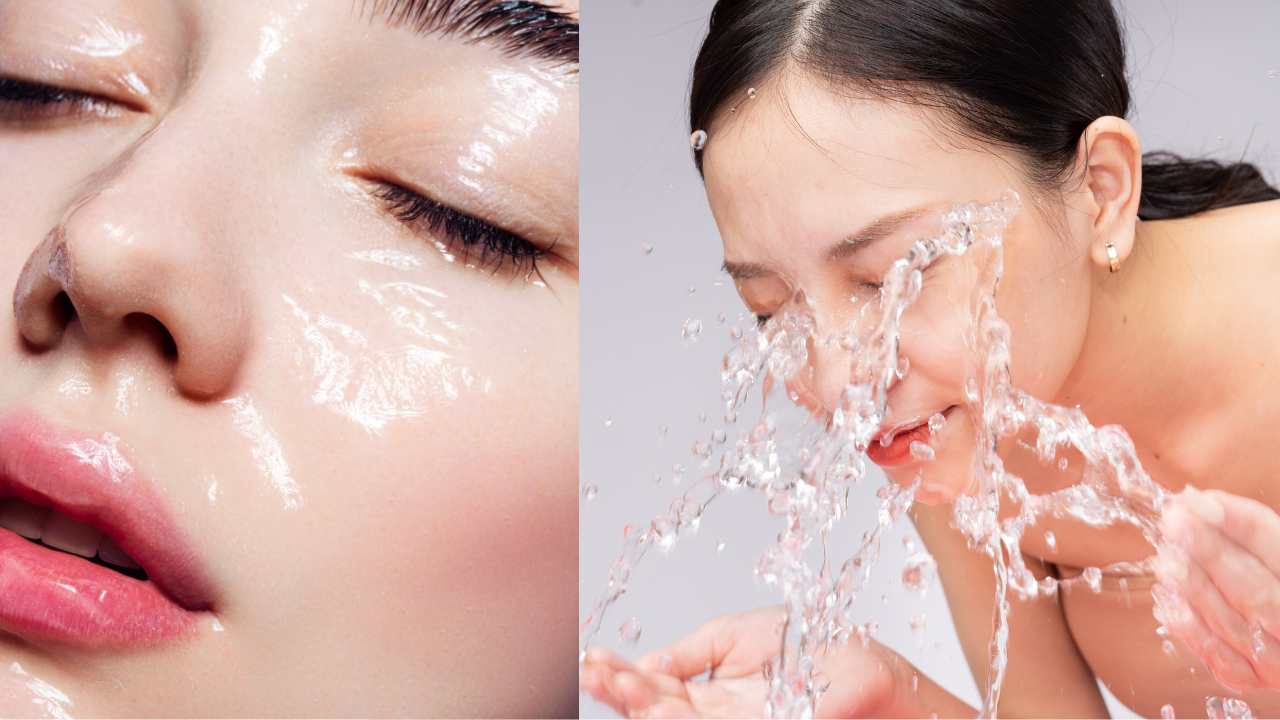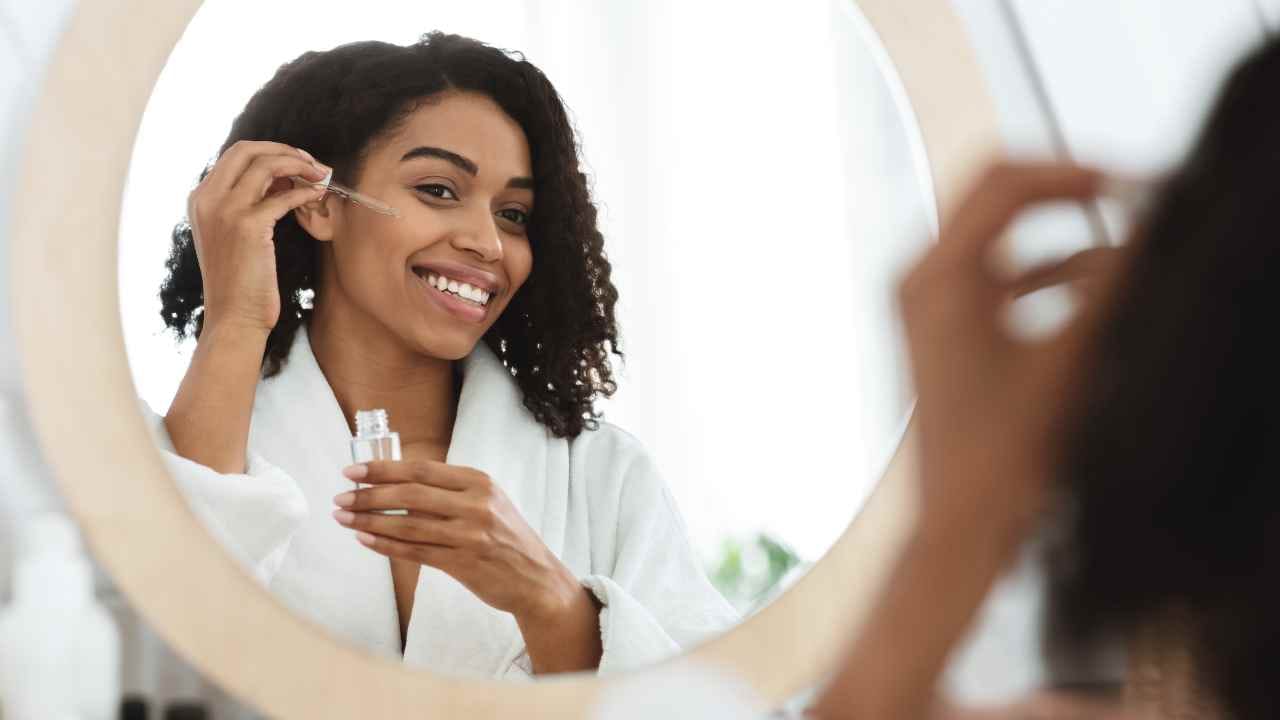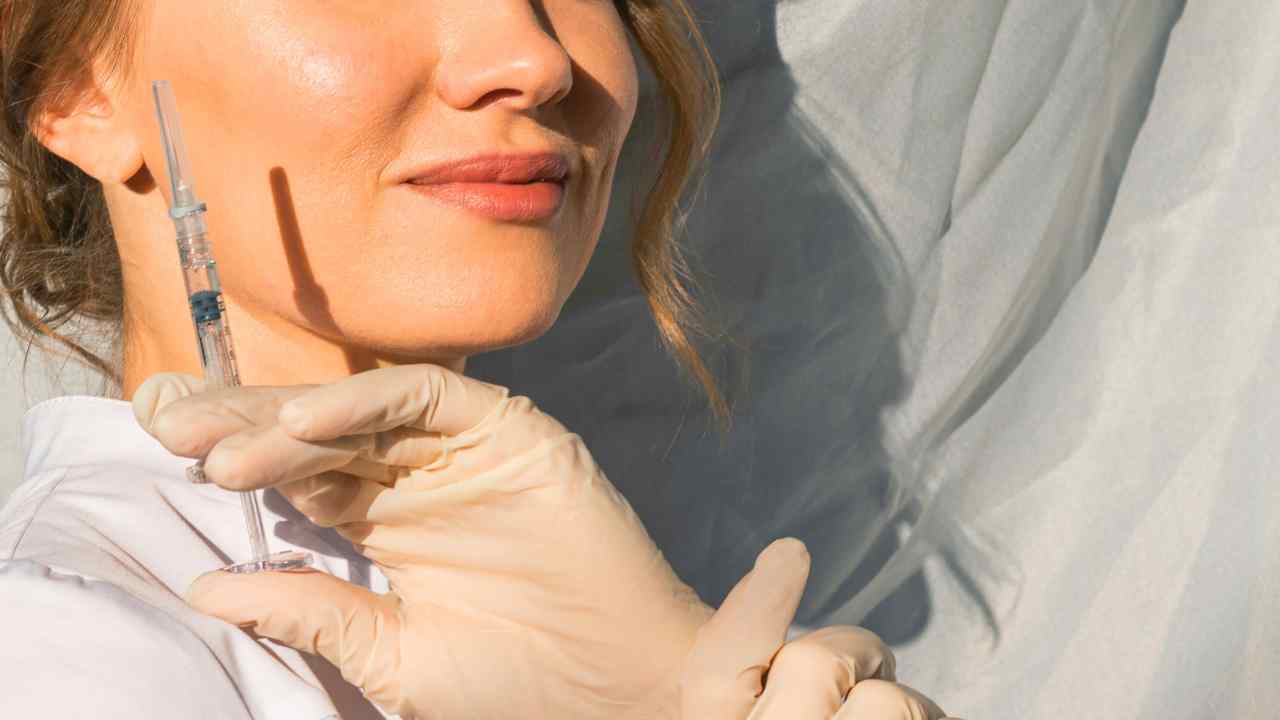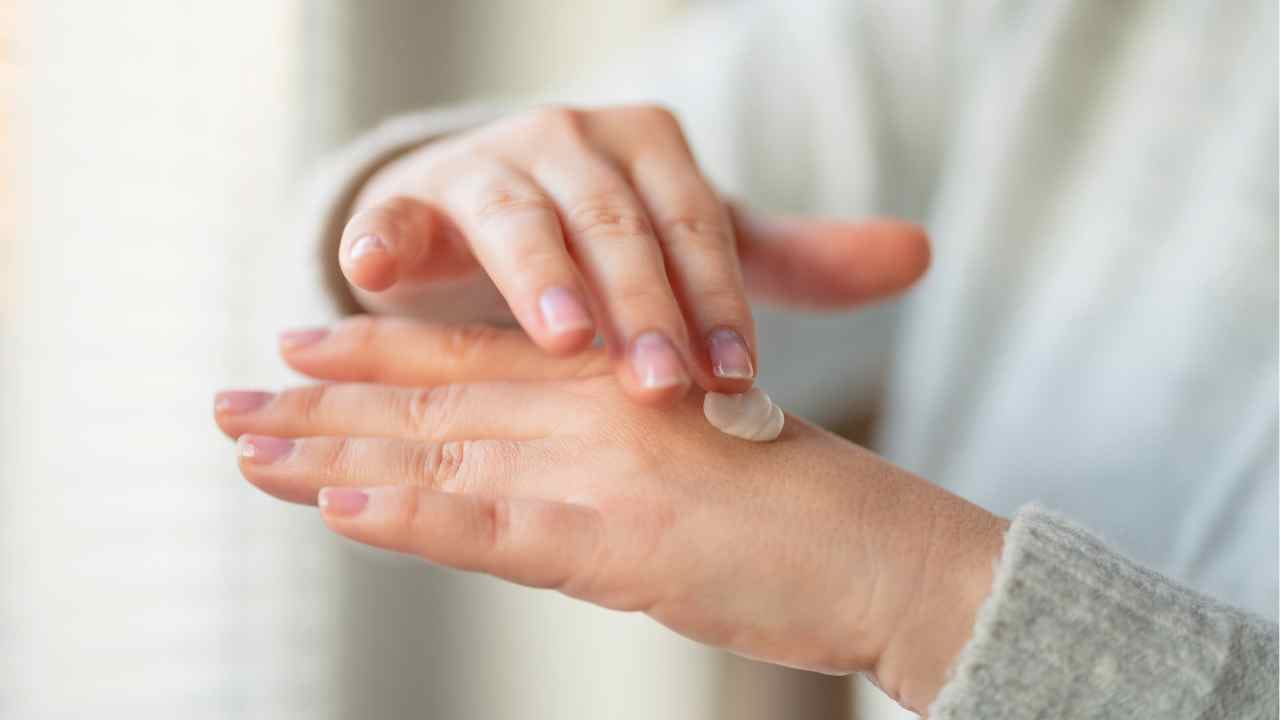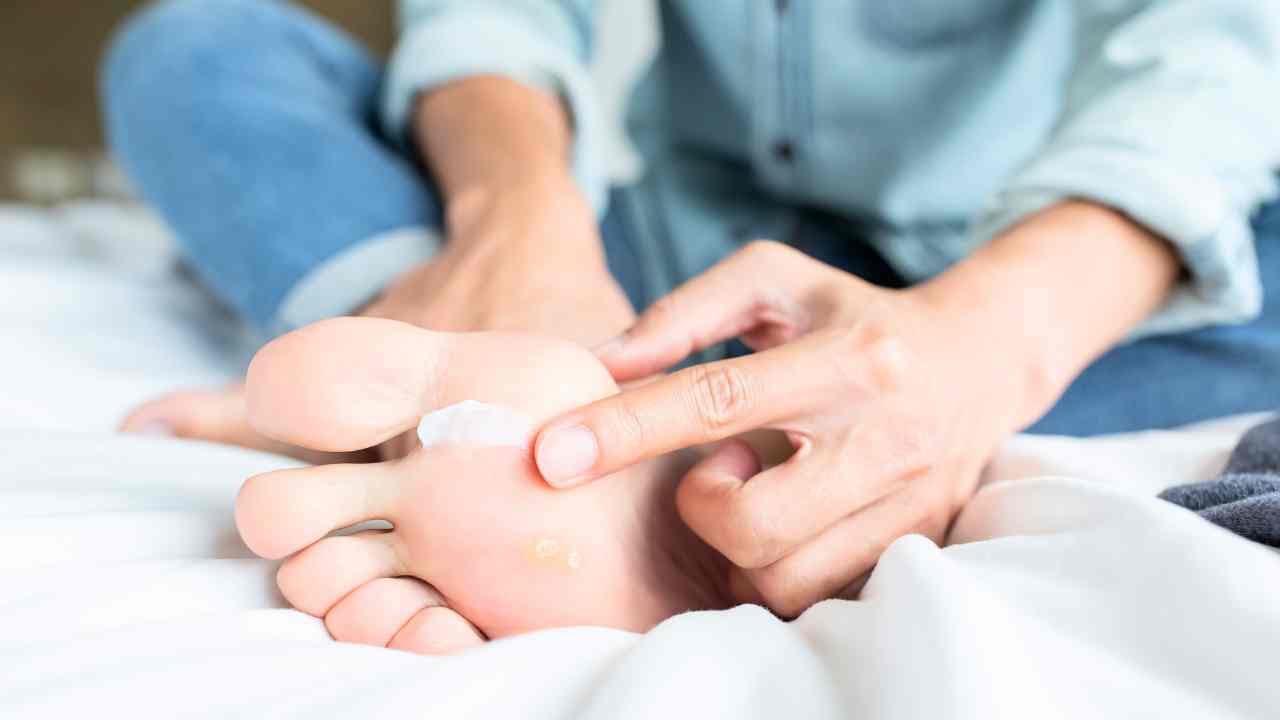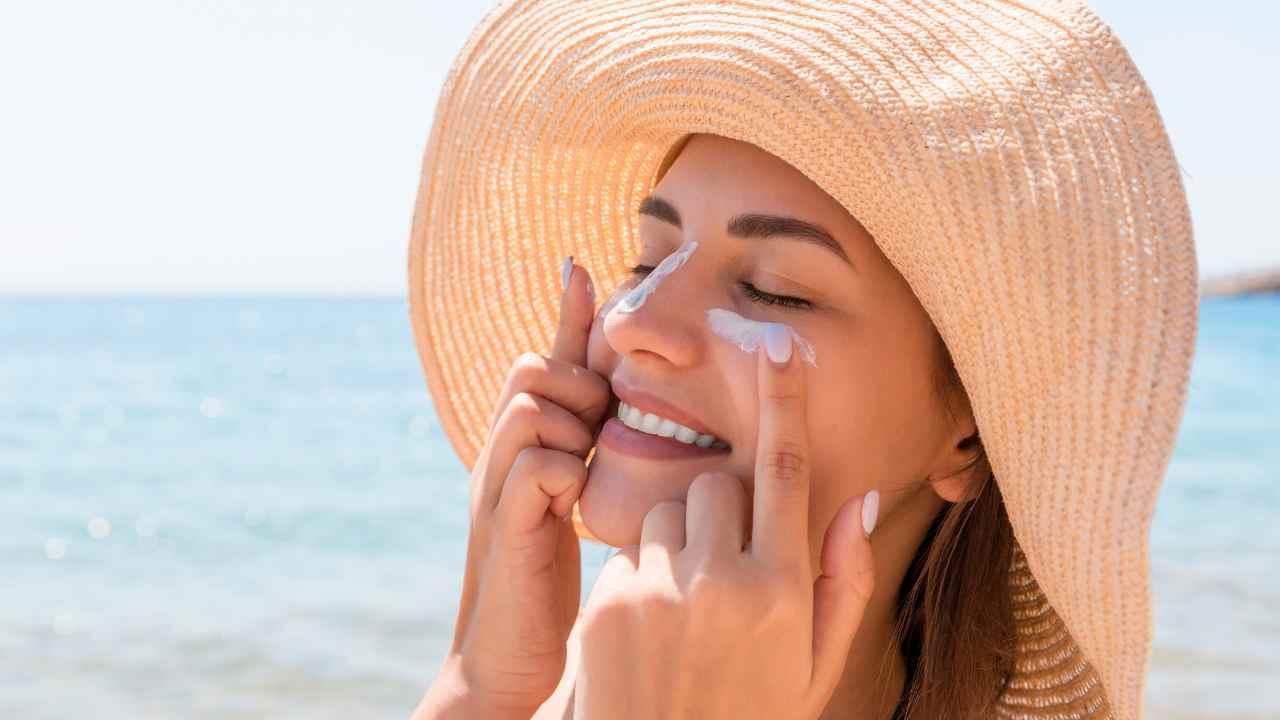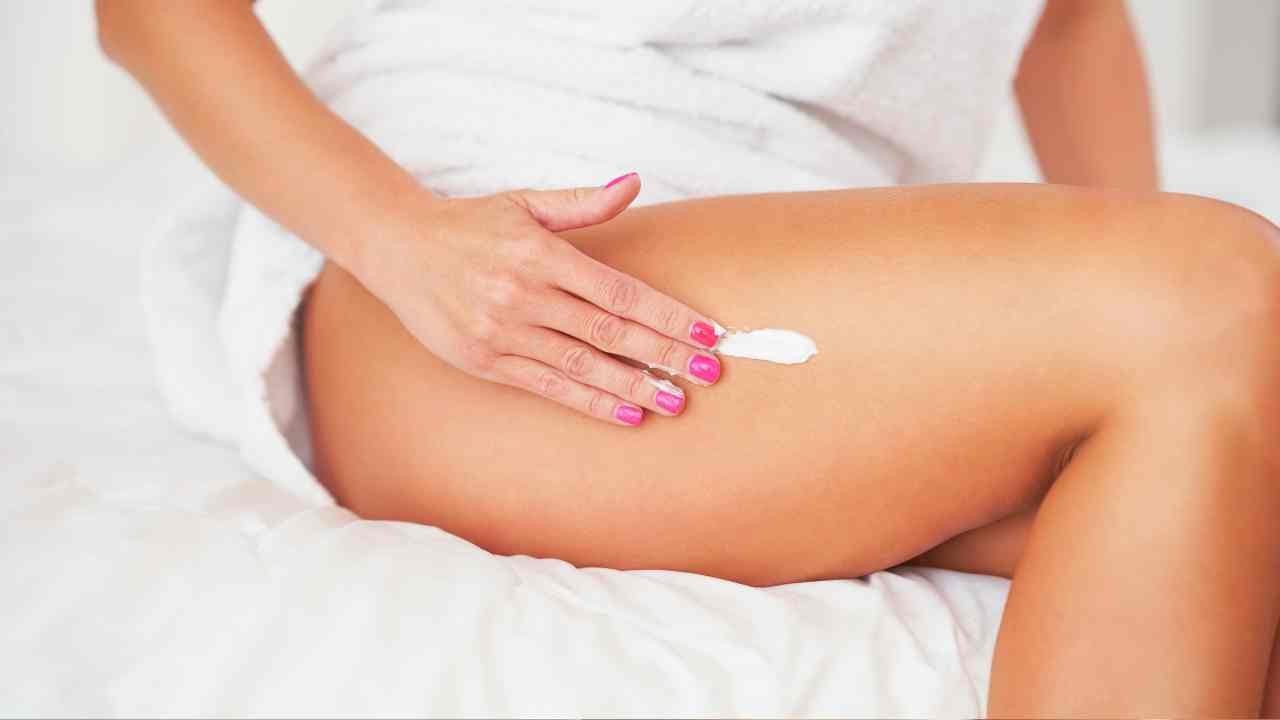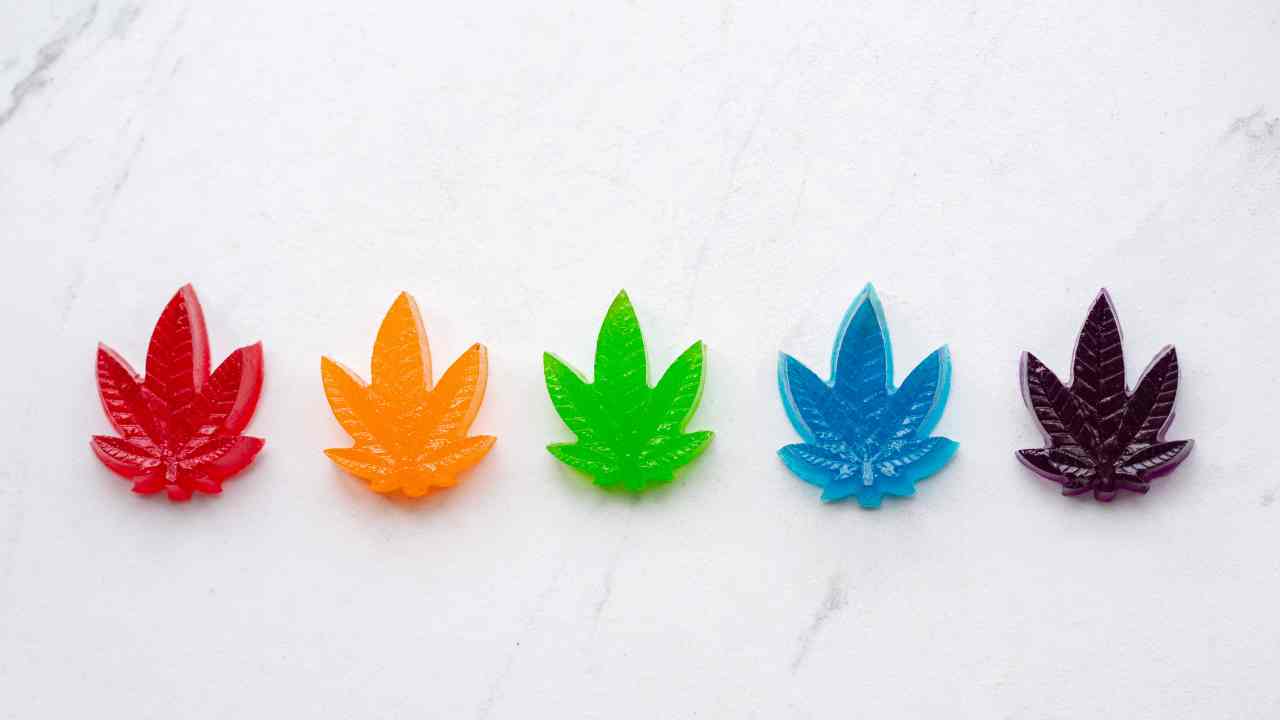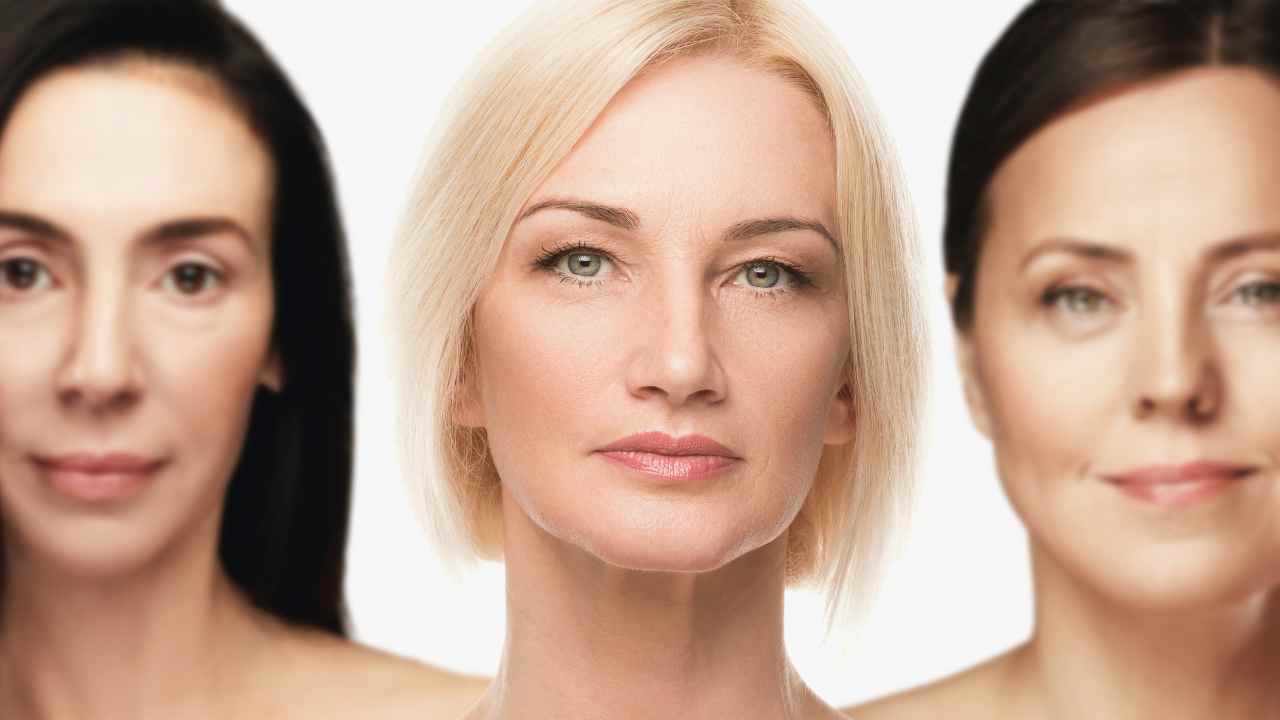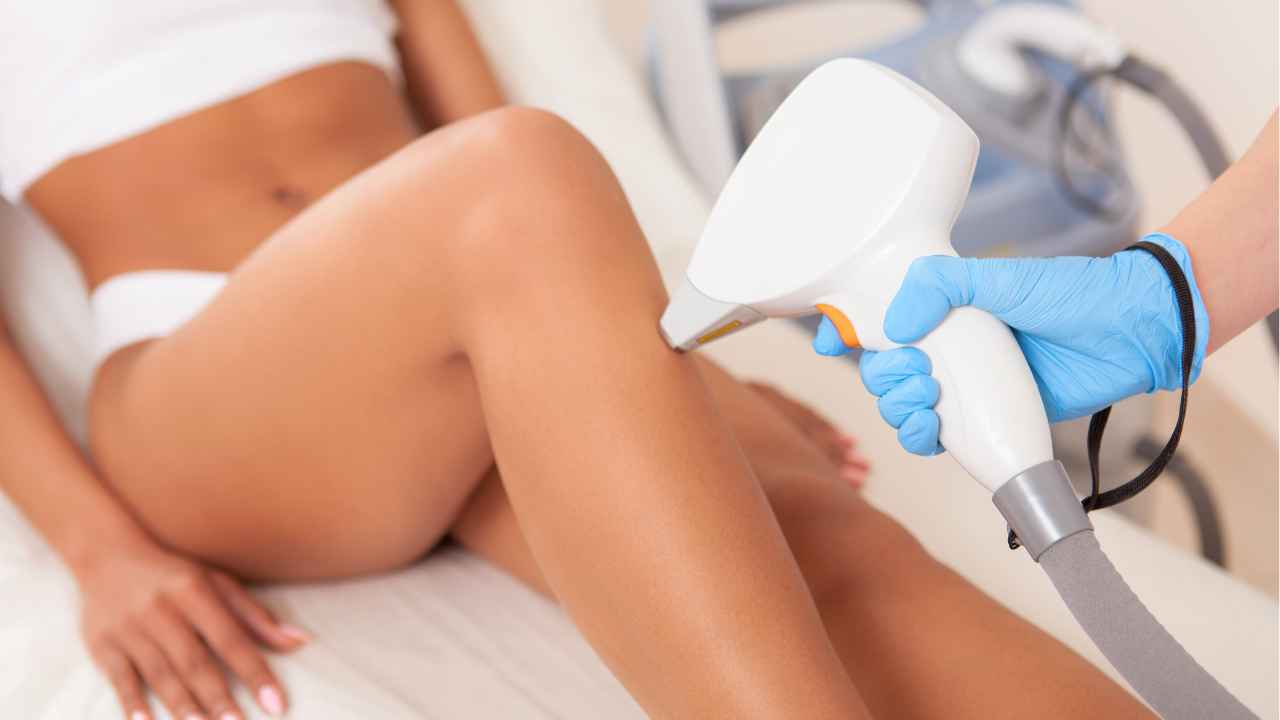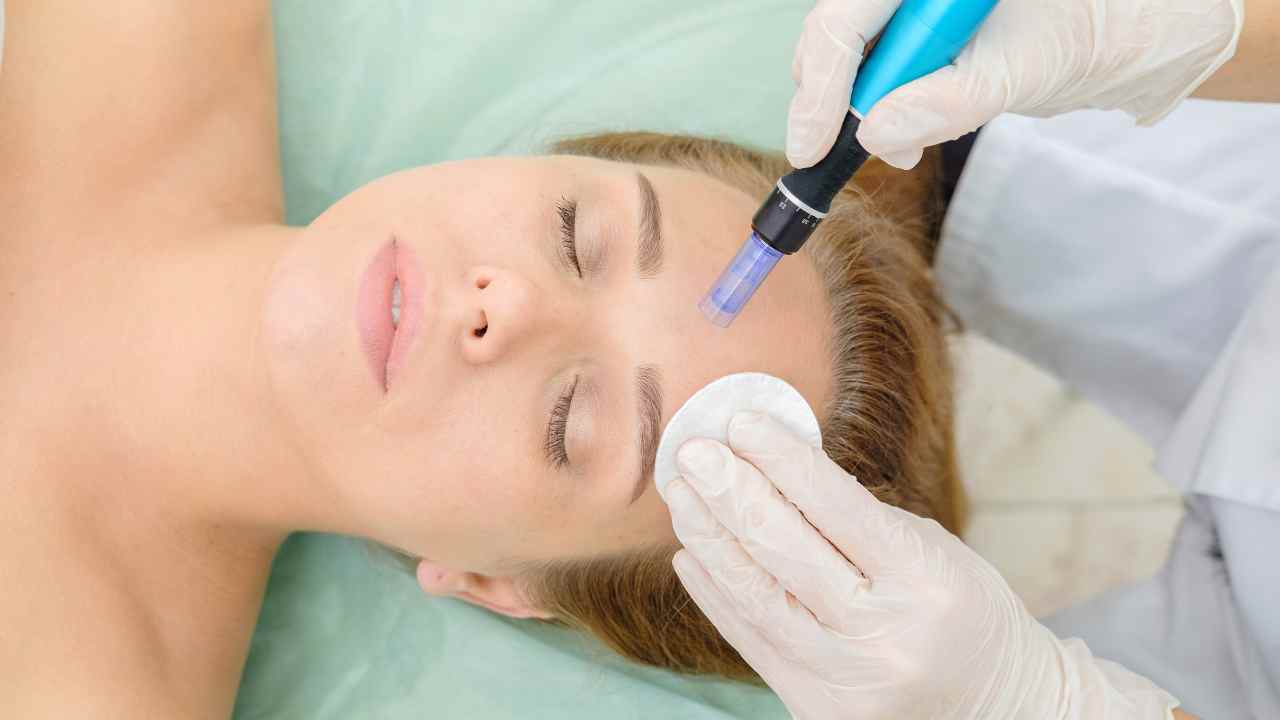
How to Treat Breakouts After Microneedling Appointments
Greetings, beauty explorers! If you've recently experienced the transformative magic of microneedling, you know the exhilarating feeling of embarking on a journey to rejuvenated skin.
But what if, after the initial excitement, you find yourself facing unexpected breakouts? Fear not, for we're here to decode the mystery and provide you with a comprehensive guide to treating breakouts after getting microneedling.
Get ready to embrace your post-microneedling glow with confidence, dear readers!
The Microneedling Marvel
First, let's refresh our memory on the wonder that is a microneedling treatment. If you’re looking to get smoother skin with fewer signs of aging or want an exfoliation treatment that has lasting results, then this is a great option for you.
Microneedling is a cosmetic procedure that uses tiny, surgical-grade needles to perforate the surface of your skin and produce collagen.
The idea behind it is that tiny wounds created by the needling will trigger your body’s healing response, leading to improved texture and tone in the treated area over time (think firmer skin!).
It can also help reduce wrinkles and acne scars. Plus, because only shallow pricks are made on the surface layer of the skin, there’s little risk of infection or scarring.
Now here's where things get pretty awesome - not only does microneedling cause some fairly fast effect (you should start seeing results within two weeks!), but its effects last considerably longer than those from many other treatments out there like microdermabrasion, chemical peels or laser treatments due to how deeply it penetrates into tissue layers beneath the surface of your skin.
Since it stimulates natural collagen production deep within these tissues, you can expect prolonged results from just one session!
Of course - don't forget about all the topical boosters that come after your session too; antioxidants used in conjunction with microneedling work together synergistically to help restore your complexion so make sure to ask what creams and serums are recommended post-procedure.
And always be sure to consult with a medical professional first before booking any kind of appointment - they can let you know if this particular treatment is right for you based on your age and skin type as well as shield against potential risks!
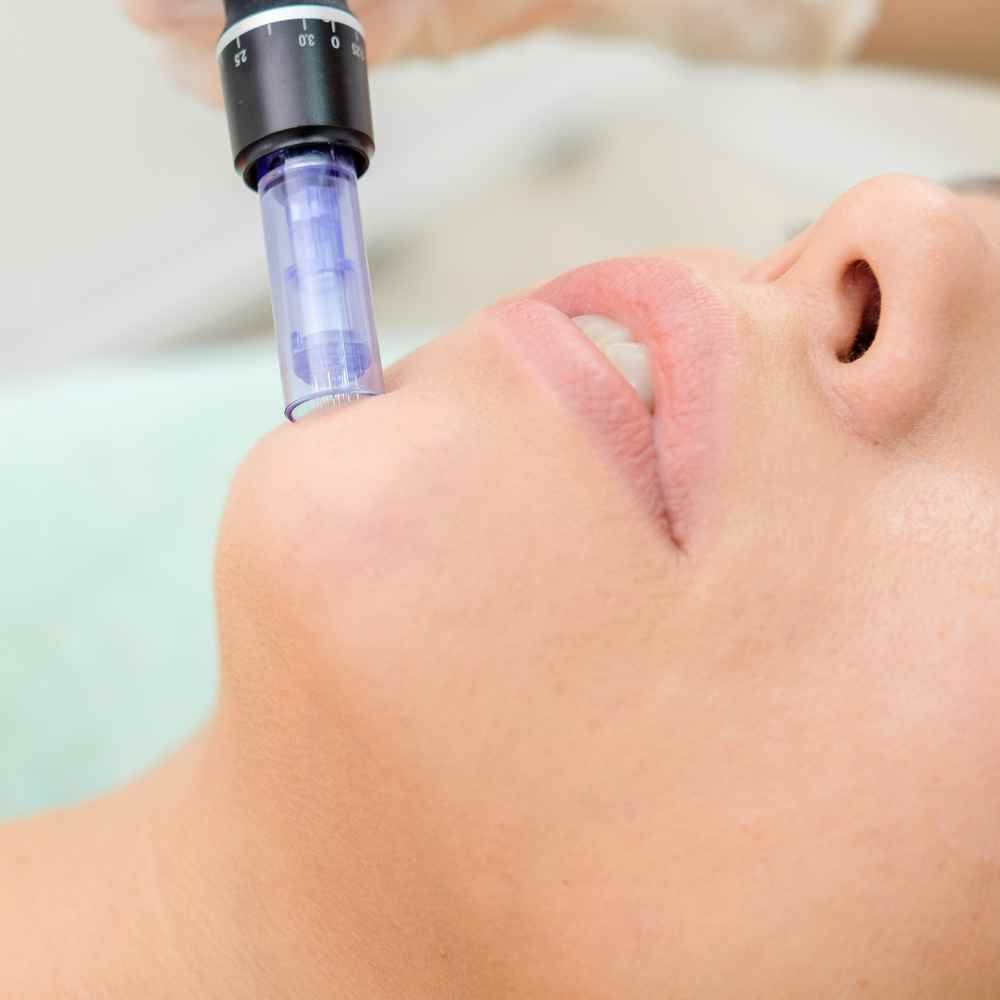
Who Should Get Microneedling?
Great question! Microneedling is becoming increasingly popular these days among beauty fanatics, and rightly so. It's one of the most effective treatments for improving skin texture, evening skin tone, and stimulating collagen production—all without the need for surgery or downtime.
So who should get microneedling? The answer is: almost everyone! Well, if you don't have any health conditions that might make it inadvisable to do so (check with your doctor first!), then chances are you can benefit from the treatment.
If your main goal is to minimize fine lines and wrinkles while improving overall skin tone, tightness, and smoothness of texture—then microneedling is an excellent option for you.
Microneedling has proven itself extremely helpful when it comes to treating various pigmentation issues such as hyperpigmentation (dark spots), melasma (patchy discoloration of the face), age spots or sun damage; as well as helping treat acne scars.
It can help with reducing stretch marks since increased collagen helps ease their appearance considerably.
So again: Who should get microneedling? Pretty much anyone looking to improve their skin’s overall look!
Whether they’d like a more even complexion, acne scars, a softer-feeling skin surface or fewer visible wrinkles - this treatment could be right up their alley if they want amazing results without going under the knife.
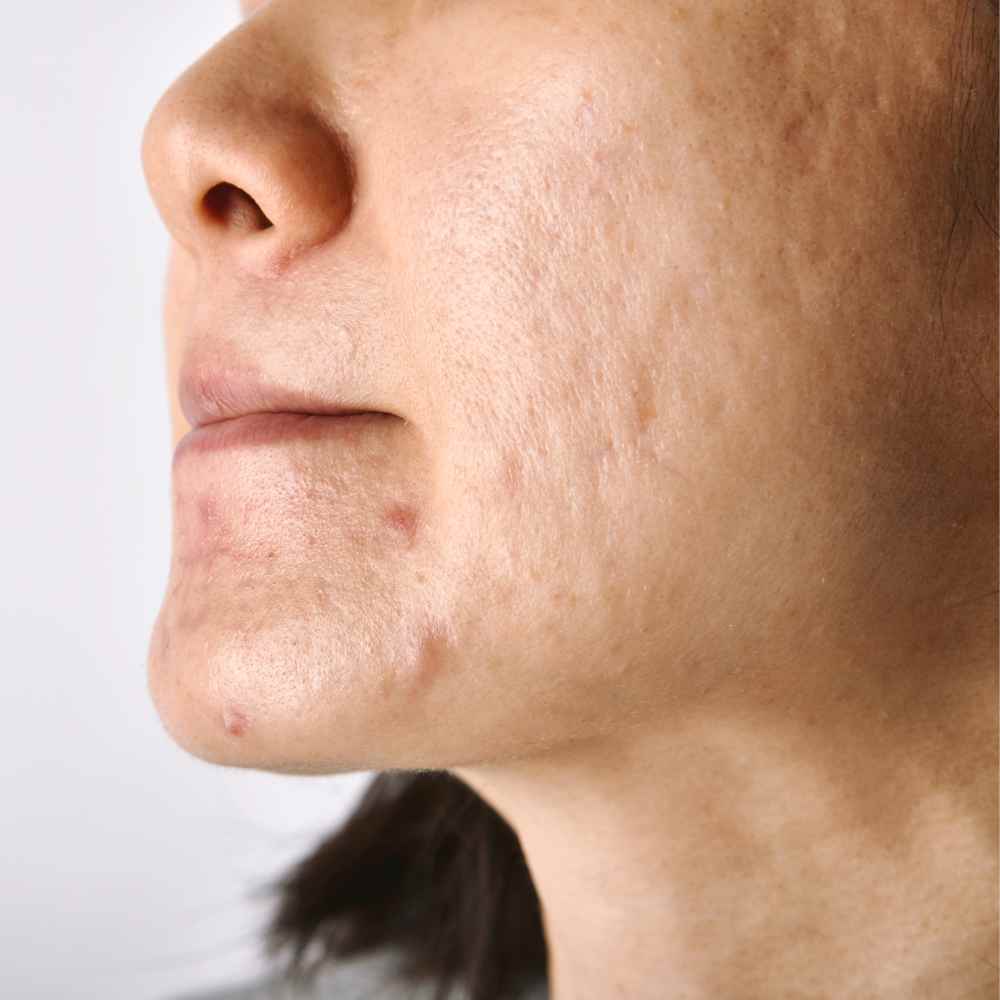
Does Microneedling Work on Acne Prone Skin?
Microneedling can be an incredibly effective treatment for those with acne-prone skin. It works by creating micro-injuries in the skin that encourage collagen production, helping to repair and regenerate skin cells that have been damaged by acne breakouts.
Plus, because microneedling is a relatively non-invasive procedure compared to other treatments such as lasers, it can provide a gentler but still effective option for those with sensitive or easily irritated skin.
The good news is that research has shown microneedling to be a safe and efficient way of treating both active acne and post-acne scarring.
A study conducted by the International Journal of Molecular Sciences found that after just eight weeks of treatment with microneedling therapy, participants saw “a marked improvement in overall inflammatory lesions.
Additionally, another study published by the JAMA Dermatology showed that after only three months of weekly microneedling treatments , participants had significant reductions in post-inflammatory hyperpigmentation (dark spots).
If you're considering this type of treatment for your acne prone skin, make sure you do some research on finding an experienced dermatologist who specializes in this type of procedure.
They'll be able to provide personalized advice on how often you should receive treatments based on your individual needs and goals!
Just be aware that you cannot do microneedling on active acne lesions or open sores. This is because although the process itself is designed to help treat existing skin issues like acne, the procedure would actually cause further irritation and can lead to an infection.
What Does Skin Look Like Post Treatment?
Immediately after a microneedling session, your skin will feel tight. You'll notice the tiny holes that have been created in your skin as it contracts and looks smoother.
Depending on the intensity of the treatment, you may also experience slight burning or stinging sensations. Your skin might look like you have a light or moderate sunburn.
However, this should dissipate quickly since microneedling is designed to be an extremely safe and effective procedure with minimal side effects or discomfort.
In addition to feeling tighter, you may also already start seeing brighter skin tone from improved blood circulation and increased collagen - making microneedling a great way to get instantly gorgeous!
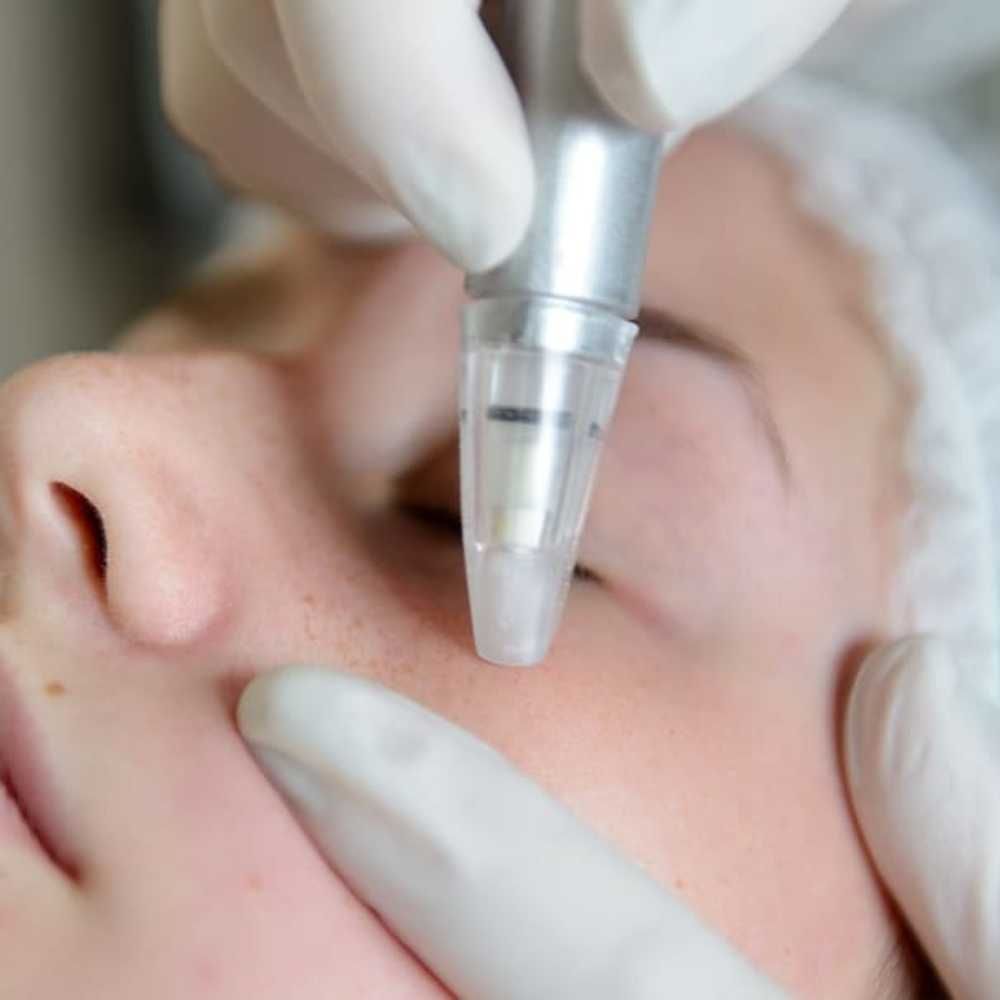
The Breakout Bafflement
So, imagine this scenario: You've decided to treat yourself to a microneedling session, expecting to awaken with a rejuvenated complexion.
Instead, you're met with breakouts. What gives? While microneedling aims to enhance your skin's appearance, it's not uncommon to experience breakouts post-treatment.
The Culprit
Microneedling encourages your skin to heal and renew itself, which can lead to increased cell turnover. This process sometimes brings impurities lurking beneath the surface to the forefront, resulting in breakouts.
Don't fret—this phase is usually temporary and part of your skin's natural reaction to the treatment.
Purge or Problem?
Before embarking on a skincare crusade, discern whether your skin is purging or reacting adversely. Purging typically involves small, surface-level breakouts that quickly resolve themselves.
However, if you notice intense redness, inflammation, or persistent acne, it's wise to consult a skincare professional.
Handle with Care
In the days following microneedling, treat your skin with extra gentleness. Avoid harsh scrubs, exfoliants, and aggressive cleansing routines. Instead, opt for a mild, non-irritating, gentle cleanser that cleans without stripping your skin's natural oils.
Hydration is Your Ally
Keep your skin well-hydrated post-microneedling. A soothing, hydrating moisturizer will not only provide essential hydration but also aid in the healing process.
Better yet if you can find one containing hyaluronic acid or add a hyaluronic acid serum to your skincare routine.
Stay Sun-Safe
Sun protection is paramount after microneedling. Shield your skin from harmful UV rays with a broad-spectrum SPF of at least 30. Better yet, just stay indoors and avoid sun exposure for at least a week while your sensitive skin recovers.
No Touchie the Face!
As tempting as it may be, avoid picking, squeezing, or popping any breakout that may occur. These actions can lead to further inflammation and potential scarring. So try not to touch your skin after microneedling!
Spot Treatment Strategy
For any post-microneedling blemishes that do appear, a targeted spot treatment can be your saving grace. Opt for a product containing benzoyl peroxide or salicylic acid, and apply it solely to the affected areas.
Makeup Matters
While your skin is in recovery mode, opt for lightweight, non-comedogenic makeup if desired. Or don't wear makeup at all. Giving your skin a break from heavy cosmetic products can facilitate the healing process.
Patience is Prudent
Post-microneedling breakouts are often temporary. Allow your skin the time it needs to adjust, heal, and unveil the radiant results you've been eagerly anticipating.
Consult Your Skincare Professional
Should breakouts persist or worsen post-microneedling, don't hesitate to reach out to your skincare professional. They can assess your skin's response and provide tailored advice. Plus, they're used to answering questions both before and after microneedling
Take Preventative Measures
To reduce the likelihood of post-microneedling breakouts in the future, communicate your skin history and concerns with your skincare professional before the treatment. They can adjust the procedure and aftercare to your skin's unique needs.
The Glowing Finale
Navigating breakouts after microneedling might feel like a detour, but with proper care, you'll soon be back on the path to radiant skin.
Remember, gentle care and patience are your allies during this phase. Embrace your post-microneedling journey, dear readers, and let your skin revel in the pampering it deserves.
Soon enough, you'll be flaunting that coveted microneedling glow, breakouts a distant memory!



